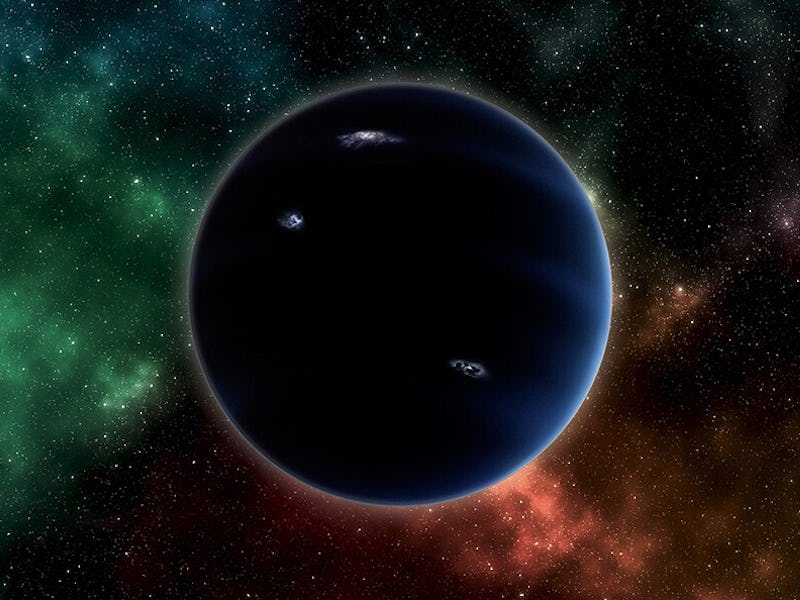The hunt for Planet 9 is back on
“It would be beautiful if it’s out there.”

For five years, astronomers have hunted for a distant and mysterious ninth planet that may be orbiting our Sun.
Dubbed Planet Nine, the ninth planet was predicted by scientists to exist based on mathematical calculations — but the hypothetical world has never been observed.
That may be about to change. A team of researchers have come up with a new method to search for distant objects lurking in the darkest corners of space. And they believe it could help us find our long lost Planet Nine.
The scientists presented the new method at the annual meeting of the American Astronomical Society’s Division for Planetary Sciences on Tuesday. It forms the basis of a paper accepted for publication by The Planetary Science Journal.
Does Planet Nine exist somewhere in the deep, dark corners of space?
A ninth planet? — Planet 9 was "discovered" in 2015 on the basis of mathematical evidence by scientists at the California Institute for Technology.
The evidence suggests that a Neptune-sized planet far beyond Pluto orbits our Sun in a highly elongated ellipsis. The planet, so the hypothesis goes, has a mass about 10 times that of Earth and and orbit about 20 times farther from the Sun as Neptune, the eighth and farthest known planet from the Sun.
Planet 9 may take between 10,000 and 20,000 Earth years to complete one orbit around the Sun, according to NASA.
"If Planet Nine is out there, it’s going to be incredibly dim," Malena Rice, a Yale astronomer and one of the researchers on the new work, said in a statement.
While it only exists in theory, direct detection of a ninth planet would be the first discovery of a new planet orbiting the Sun in 200 years.
An artist’s illustration of a possible ninth planet in our solar system, hovering at the edge of the solar system.
Shifting and stacking — Planet 9 is incredibly distant from the Sun, which means that it is also incredibly dark. The sunlight reflected from its surface would be so faint that — if it does exist — it is nearly impossible to detect with traditional methods.
In their presentation, astronomers Rice and colleague Gregory Laughlin suggest a new technique called 'shifting and stacking' that may shed light on Planet 9 — and all the other objects potentially lurking in our cosmic neighborhood. Shifting and staking works by gathering light from thousands of images captured by space telescopes to identify the faint orbital pathways of distant objects.
The technique first 'shifts' images taken by a telescope, sort of like moving a camera as you're taking pictures, and then stacks images together in order to combine the faint light captured in them.
By doing so, the images can reveal the orbital pathway of a distant object moving in space.
“You really can’t see them without using this kind of method," Rice said.
The researchers tested the method out on three trans-Neptunian objects, or dwarf planets, in the outer solar system. These already-discovered objects orbit the Sun at a further distance than the planet Neptune. Already, they have started the search through dark, unexplored regions of the outer solar system. So far, they have detected 17 potential objects.
That's a lot of new neighbors.
“If even one of these candidate objects is real, it would help us to understand the dynamics of the outer solar system and the likely properties of Planet Nine,” Rice said.
“It would be beautiful if it’s out there.”